Textiles
This week we had the freedom to experiment with different things. I decided to experiment with textiles.
Using the Embroidery Machine
We had an embroidery machine laying around in the lab that no one ever used before and I decided to play a little bit with it.
I didn't realize that sewing was this hard! The machine that we have is an embroidery machine e900.

I had a hard time trying to thread the machine so I watched a youtube tutorial on how to do that.
Unfortunately, even after watching the video and threading the machine, when the machine starts to operate the thread gets cut and it stops due to an error and we're left with uncomplete patterns :(

Lasercutting Patterns on Fabric
I always read that most of the things you can find in the market are done using a lasercutter. So I decided to lasercut the traditional Jordanian Hatta Pattern on a piece of Fabric.

To do that I cheated a little, I imported an image of the pattern to inkscape and used the trace bitmap command to get the pattern.

The fabric I used is just a piece of synthetic fabric that I found in the lab. I wanted to actually lasercut the pattern on a big piece of fabric and create a necktie but when I sent the job to the job control it gave an estimation of 3 hours of engraving! I could't book the lasercutter for 3 hours so I decided to only lasercut a small piece of fabric to prove that it could work.
I placed the fabric on the lasercutter and set the settings for engraving which are:
- Power: 8
- Speed: 5
- Frequency: 500
The result is seen below.

Engraving on a large piece of Fabric
So my global evaluator, Bas, asked me to come up with a process to engrave on a large piece of fabric but since I could't book the laser for 17 hours to engrave on a very large piece (1x1 m), I want to prove that it could be done using a small piece of fabric. Let's all imagine it's a large piece!
The first step to do is to fold the fabric where it doesn't fit.

As you can notice, the fabric is a bit too high at the fold, to solve that you have two options, the first option is to iron the fabric at the fold. The second is to use double face tape at the fold. Of course it's preferable if you do both which is iron and use double face tape.
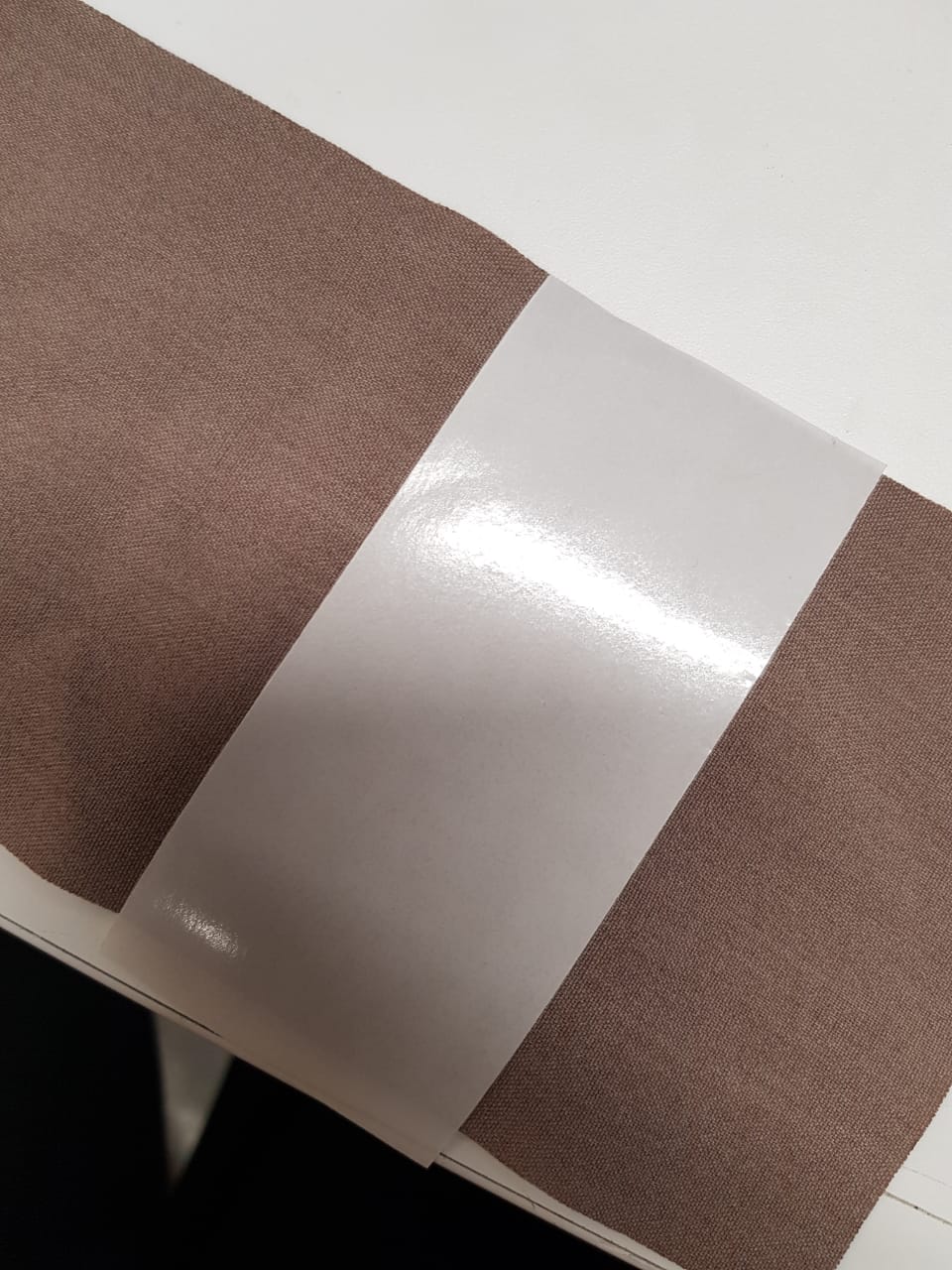
After folding the fabric with the presence of the double face tape, you can see how it is actually flat now as seen below.
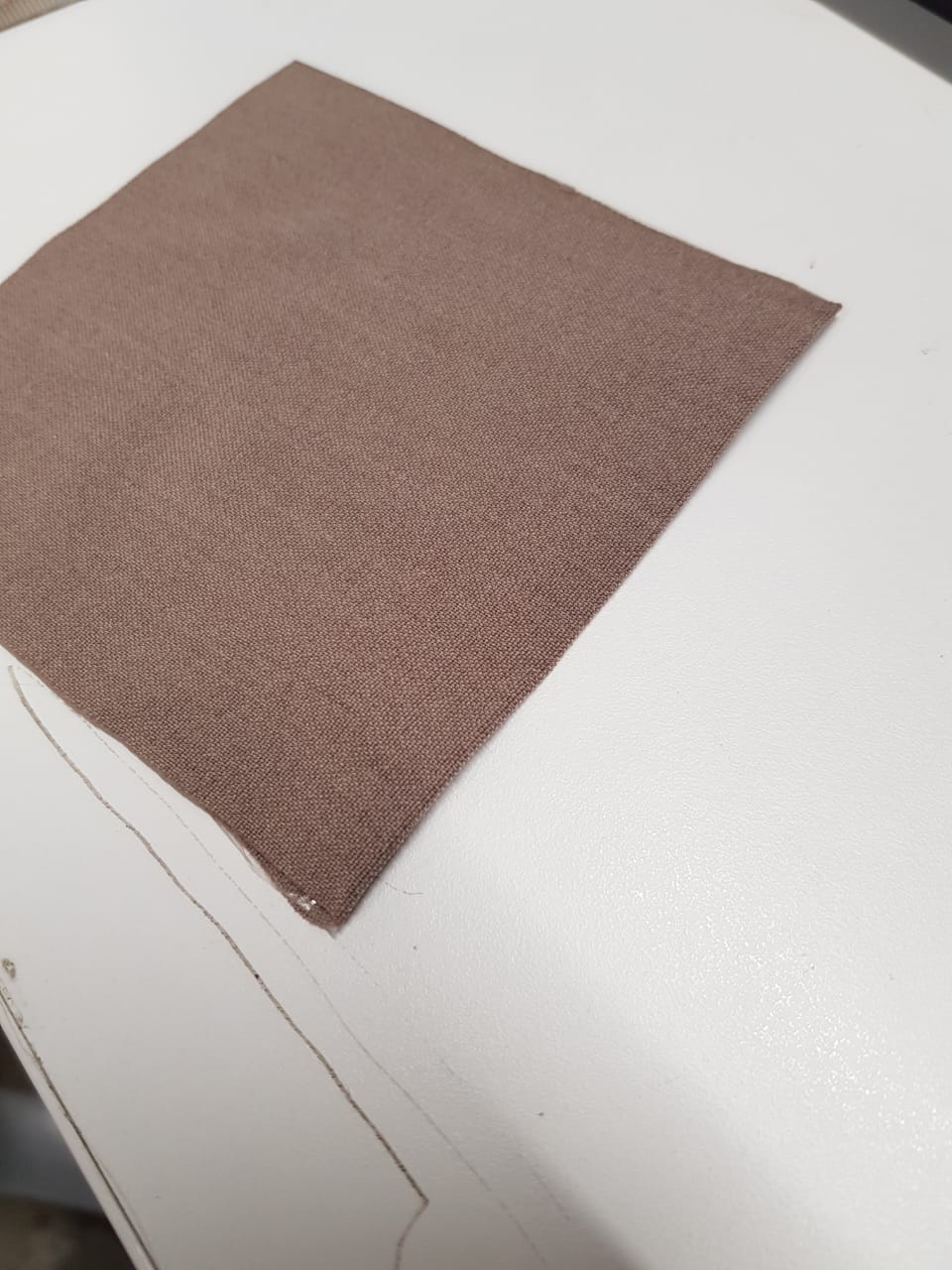
After that, you have to make sure the fabric is fixtured on the lasercutter bed, to do that you can use magnets on the sides if the engraving doesn't cover all the fabric. Otherwise, you can also use double face tape.
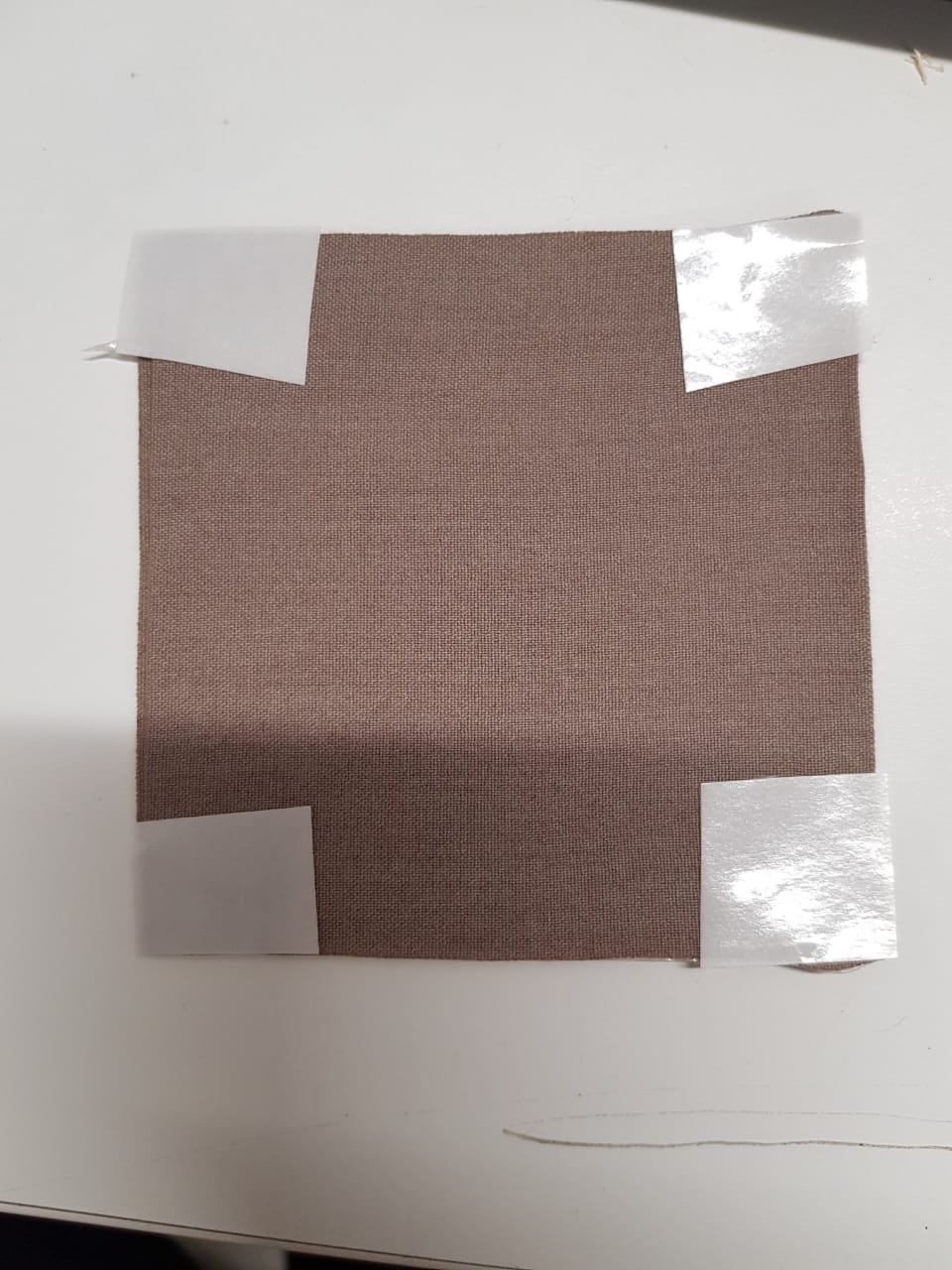
Then fixture it on the laser bed and launch the job. Before launching the engraving job, I used mark job from settings, it leaves a mark where your job began on the laser bed so you can relaunch the job for the other part again from there.
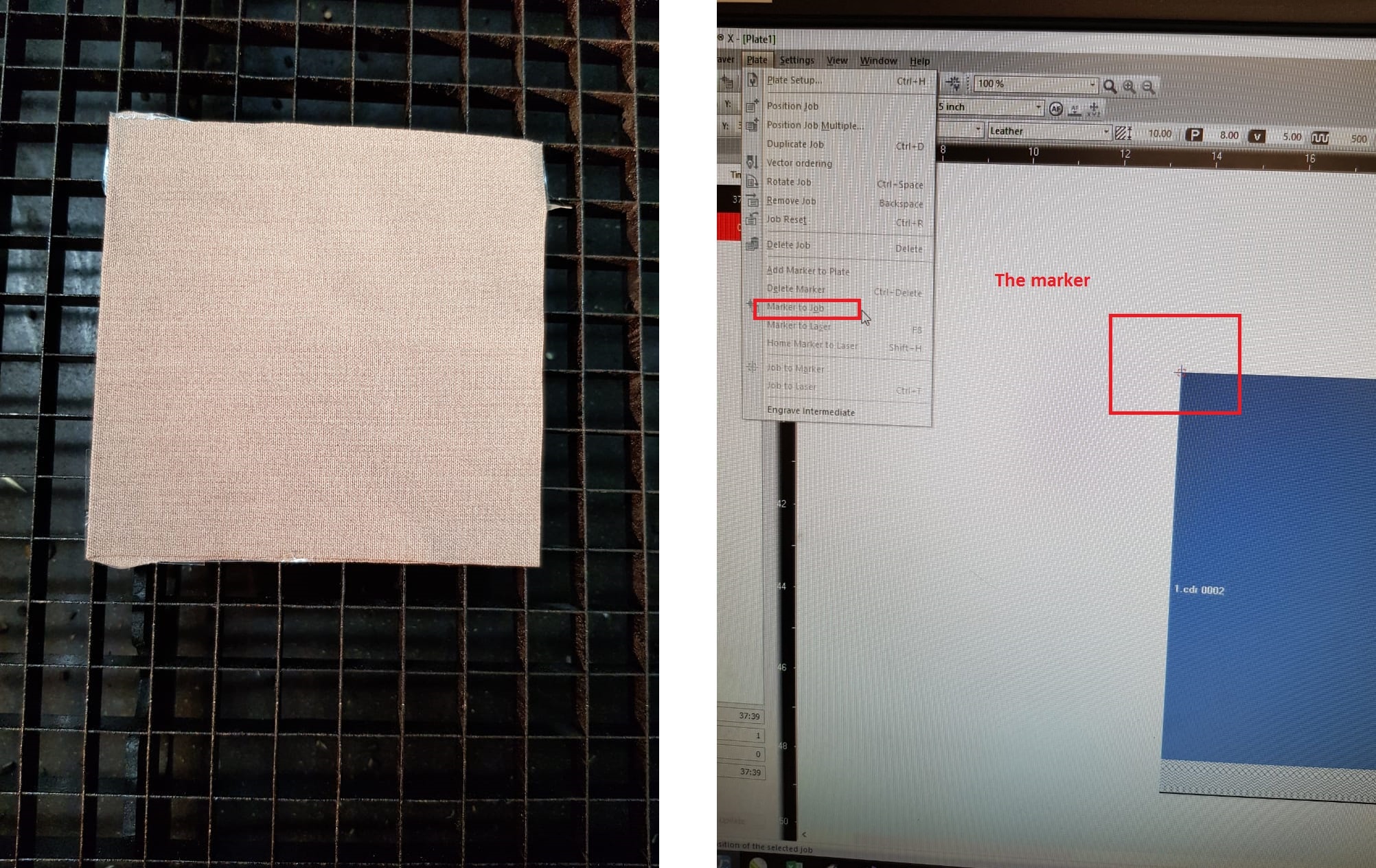
When the first engrave is done and you need to flip to engrave to the other side, repeat the same fixturing steps which means you'll add double face tape to the engraved part as seen below.
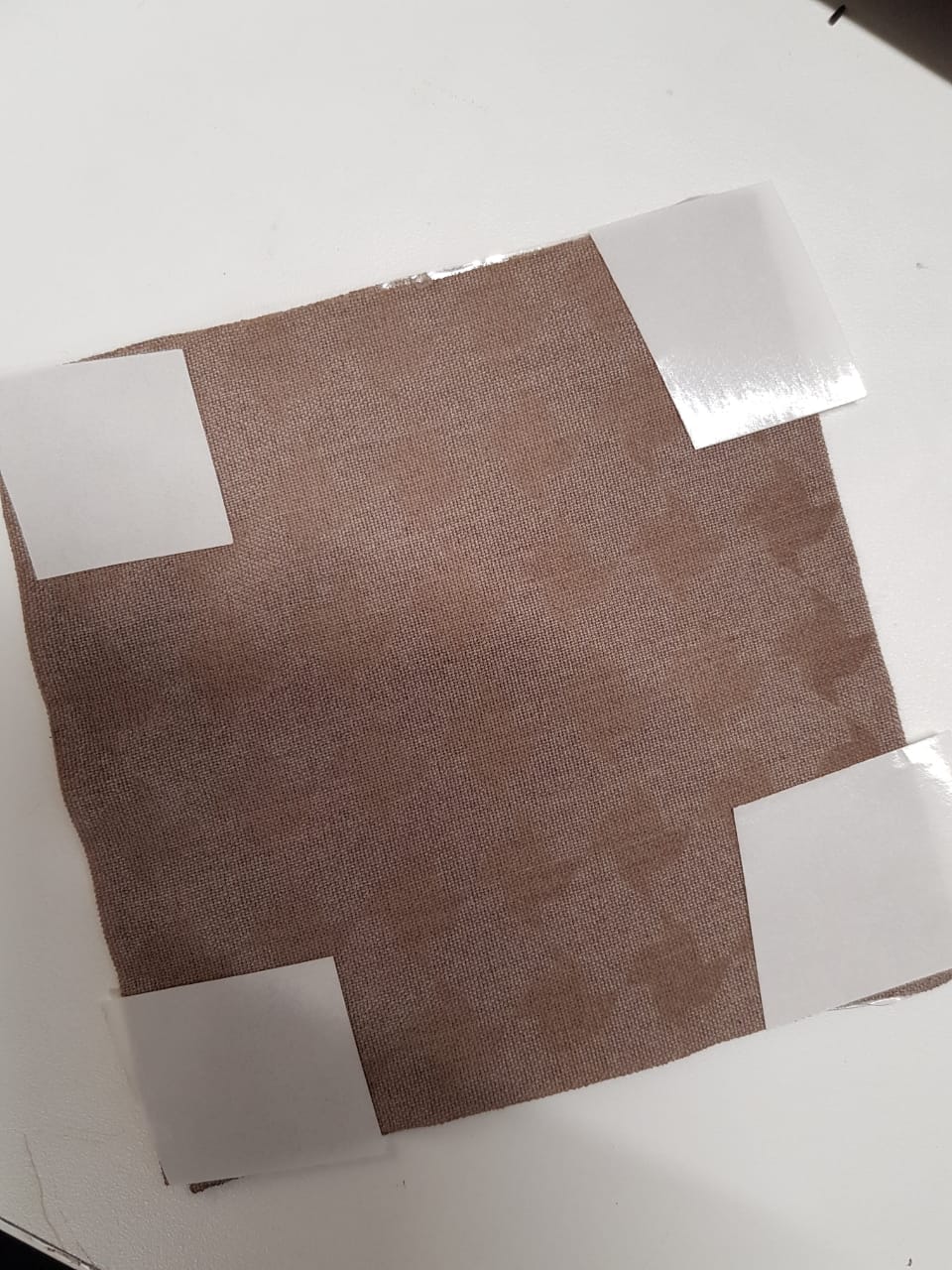
And to fix it on the same position, move the laser to the marker point on the job, fix the fabric there and launch the job to engrave the second side.
The finished engraved fabric is seen in the below video.
What about lasercutting a large piece of fabric?!
Cutting is relatively easier, just fold the fabric by following the previous steps , and launch the cut job with double the thickness of the fabroic and it will cut the pattern on both sides!
3D Printing Flexible Material as Fabric
My colleague Qusai once 3D Printed flexible material as a lace collar and I really liked that. So I wanted to create something similar.
I got inspired to make a flowery like bracelet design. I used fusion to draw the first piece then I copied it and used mirroring to get it to work.

The finished bracelet design is seen below.
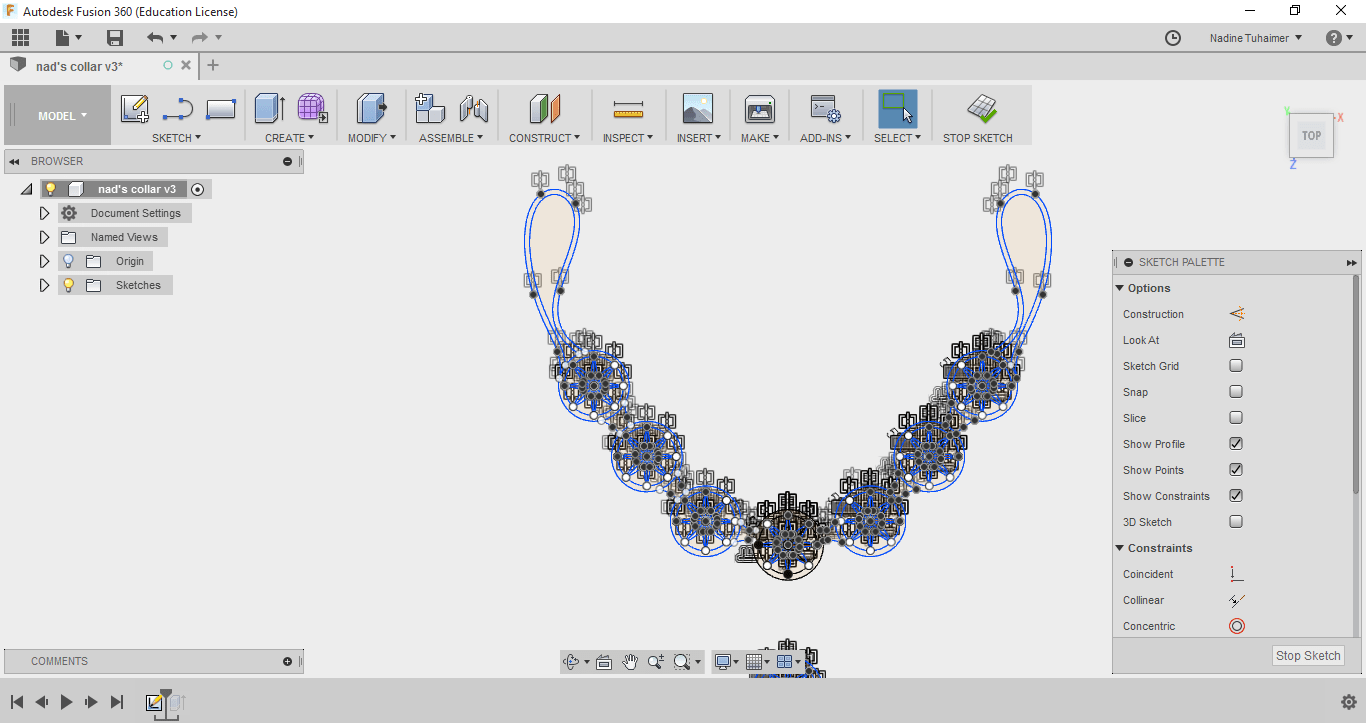
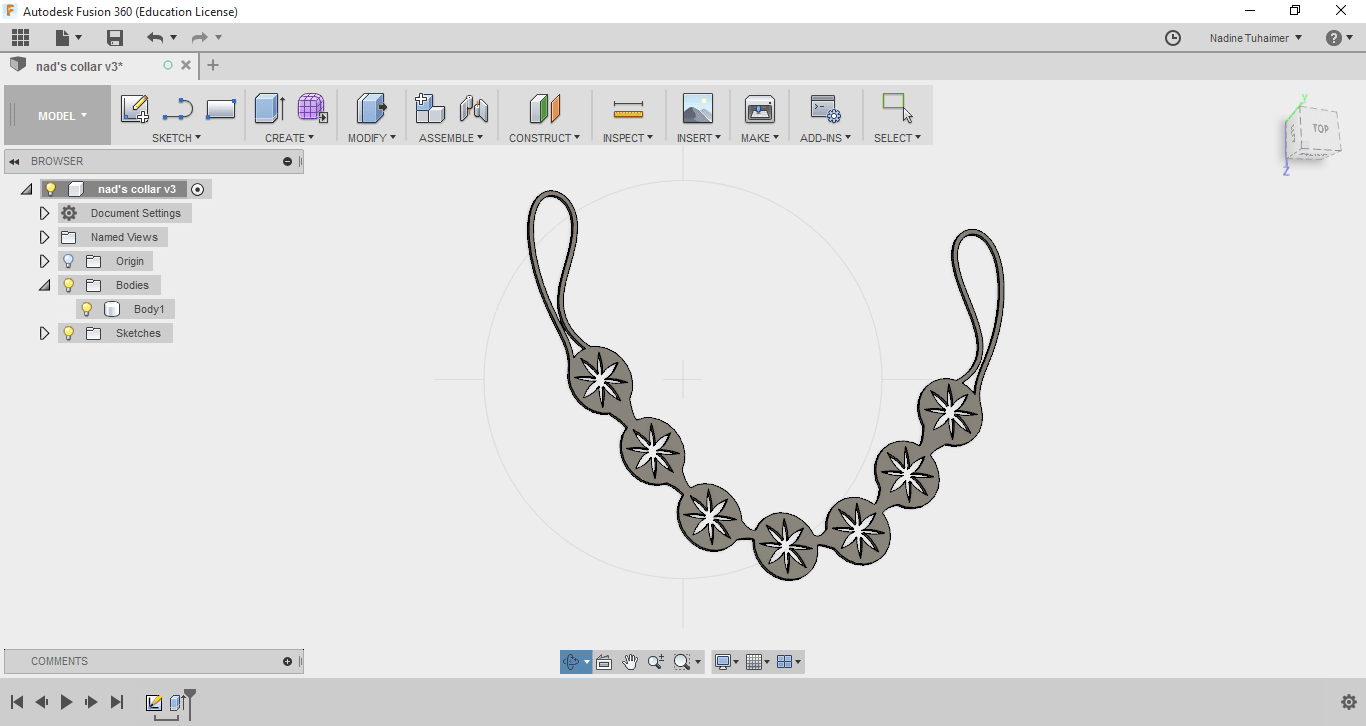
To print that, I will be using the witbox 3D Printer and the settings I used are seen below.

The finished bracelet is seen below.

The material is so flexible as seen below.
When I wanted to try it, my colleague Shefa suggested to wear it as an anklet.
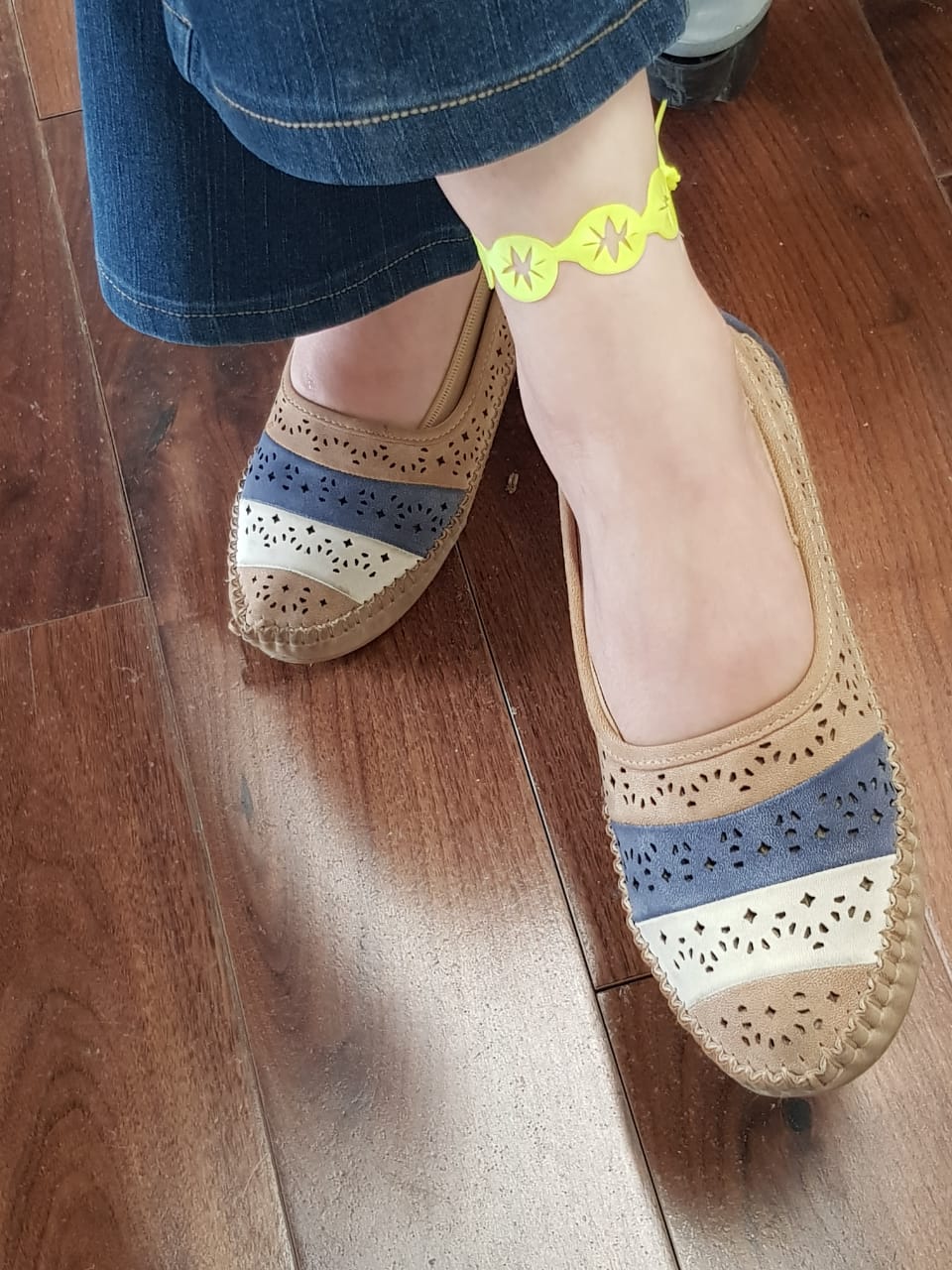
You can download my designs here: